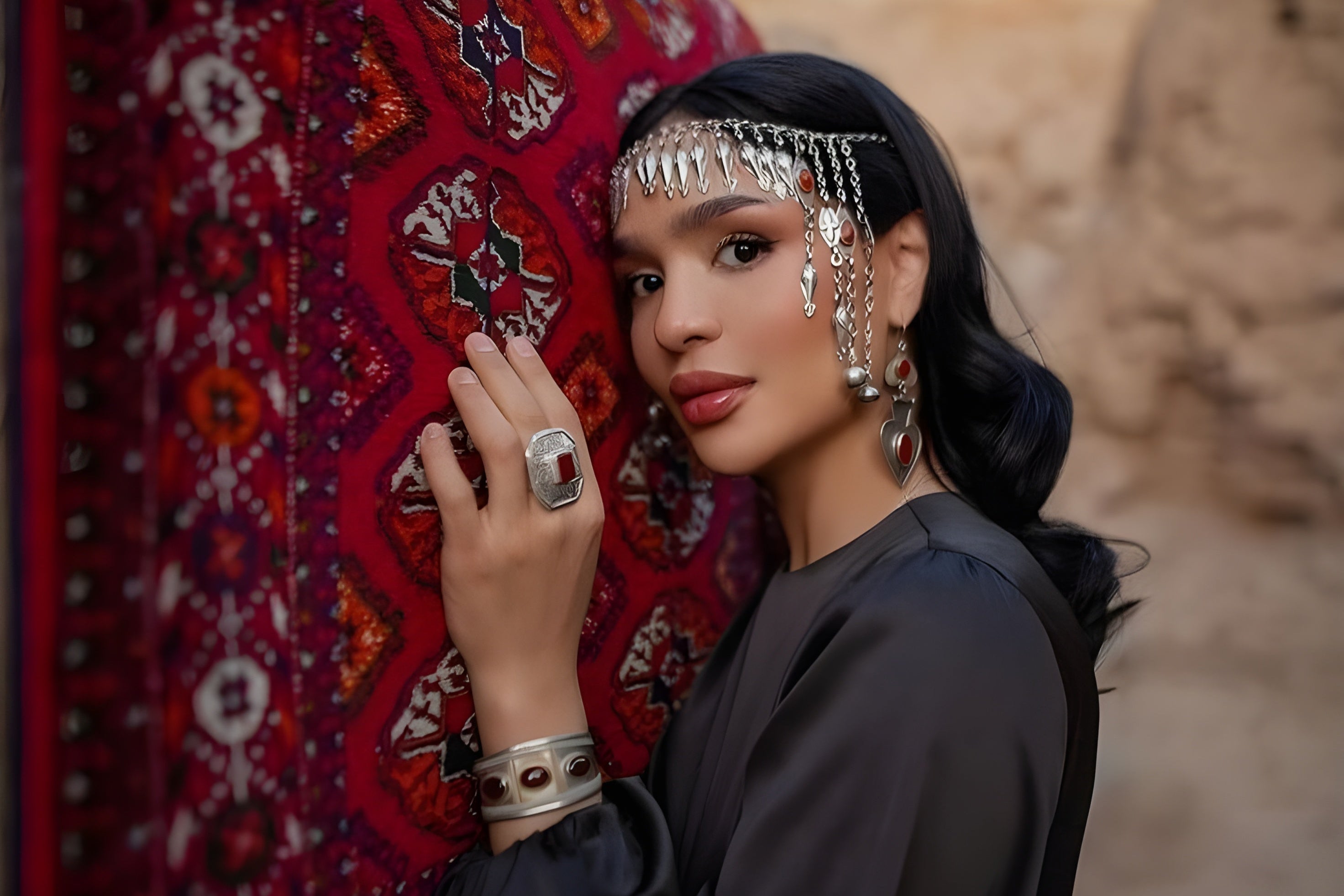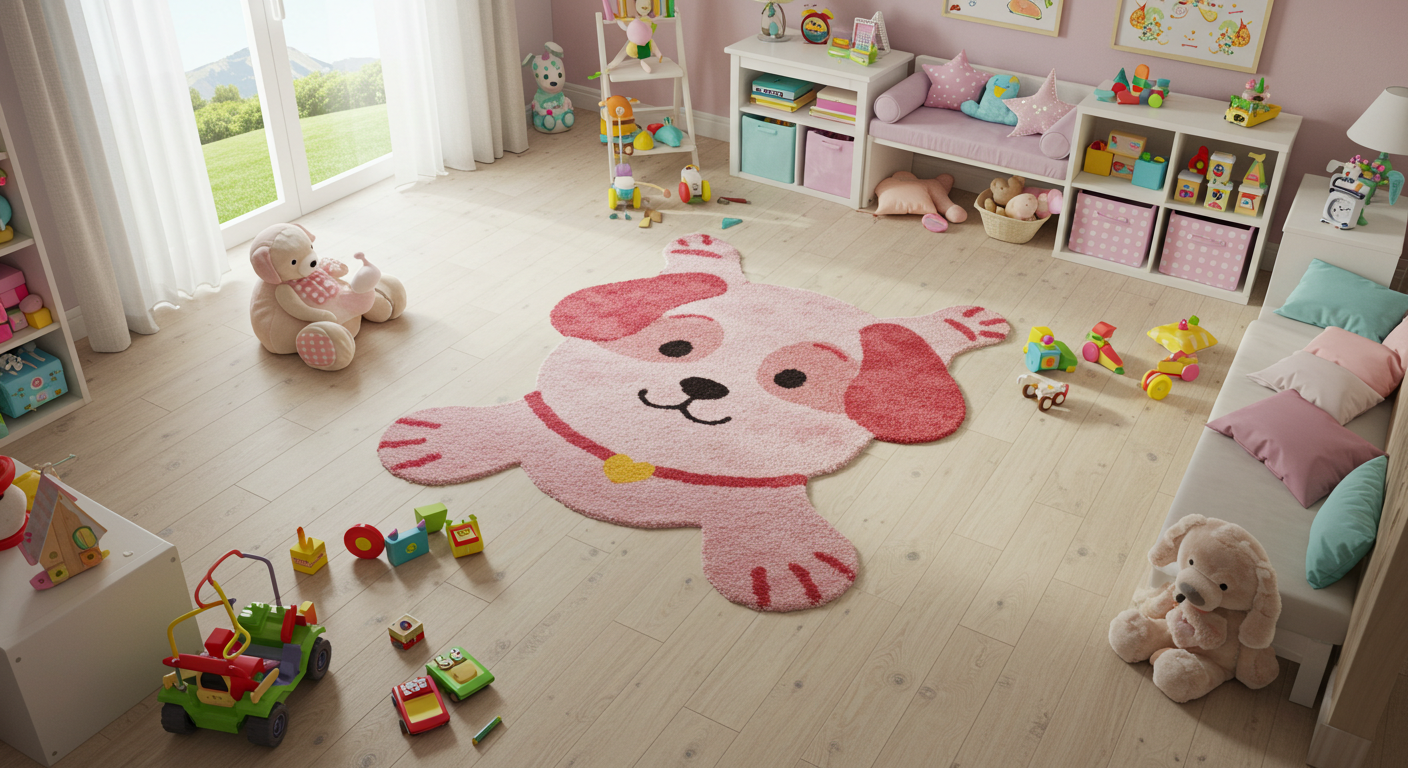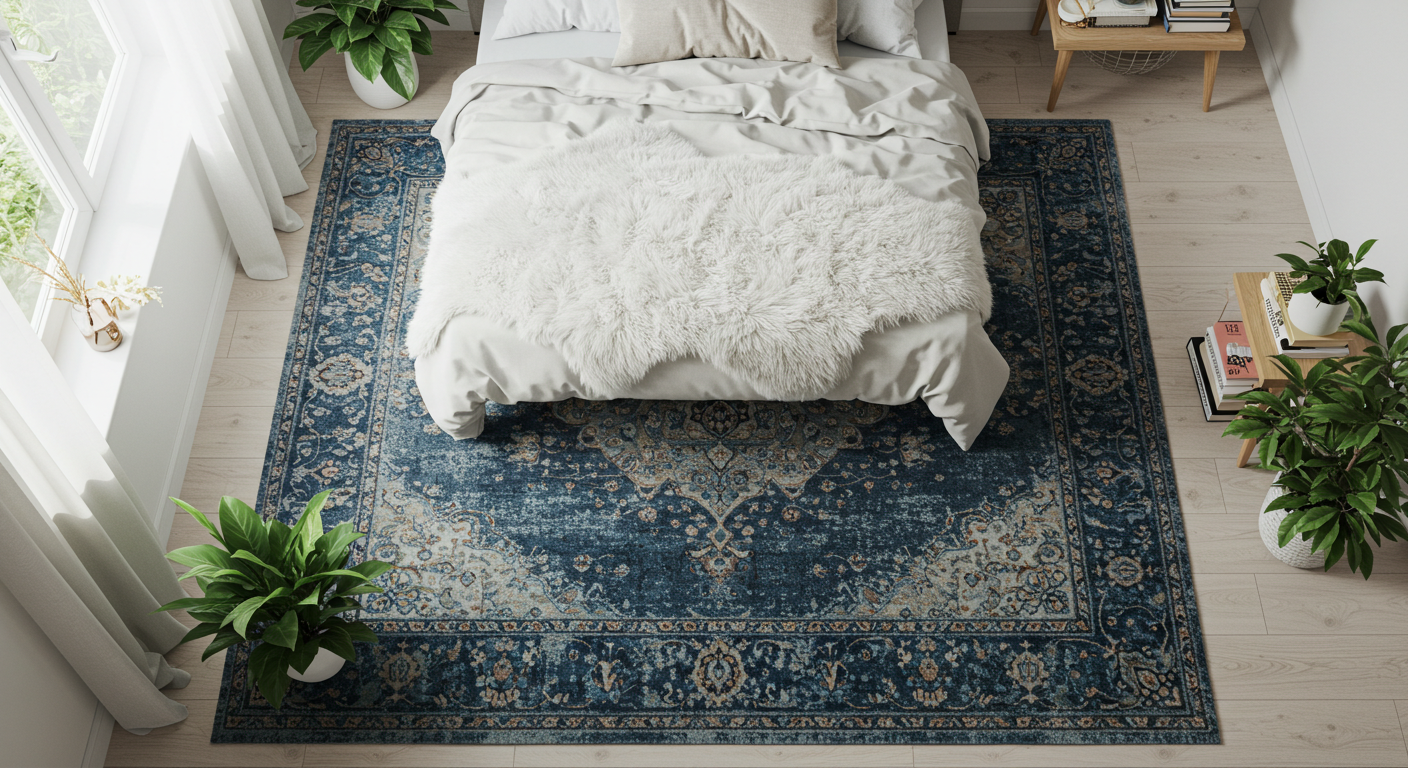Rugs are more than just floor coverings—they are pieces of art, storytelling tools, and cultural treasures. In the Middle East, rug design is deeply rooted in history, tradition, and identity, making it one of the most valued and recognized art forms in the world. From intricate patterns to symbolic motifs, Middle Eastern rugs continue to inspire both traditional and modern interior design.
A Rich Heritage of Rug Making
The Middle East, especially countries like Iran, Turkey, and Afghanistan, has long been considered the cradle of rug weaving. For centuries, handcrafted rugs have played a central role in daily life—from family gatherings on floor cushions to ceremonial prayers on beautifully designed prayer rugs.
Each region developed its own weaving techniques, color palettes, and patterns. For example, Persian rugs are known for their detailed floral motifs, while Turkish rugs often feature geometric designs and symbolic elements. These rugs tell stories—of nature, beliefs, and even personal emotions—through every knot and weave.
The Symbolism Behind the Designs
Middle Eastern rug designs are rich with meaning. Common motifs include:
-
Stars and medallions: representing the universe and unity
-
Flowers and vines: symbolizing growth, life, and beauty
-
Animals: like birds or camels, often linked to protection or strength
-
Tree of Life: a symbol of immortality and spiritual connection
These design elements are not random; they reflect the beliefs, dreams, and values of the weaver, passed down from generation to generation.
Modern Rug Design Inspired by Tradition
Today, rug designers blend traditional Middle Eastern motifs with modern aesthetics to create timeless pieces that fit contemporary homes. Custom rugs allow for personalization while still honoring ancient weaving techniques.
Whether used in minimalist, boho, or luxury interiors, a well-designed rug can transform a space—adding warmth, color, and cultural depth.
Why Rugs Still Matter
In a world driven by fast fashion and mass production, handcrafted rugs remain symbols of authenticity, patience, and craftsmanship. They are sustainable choices, often made from natural wool, cotton, or silk, and can last for decades with proper care.
For families and individuals who want more than just decoration, a handmade rug brings story, culture, and identity into their homes.




